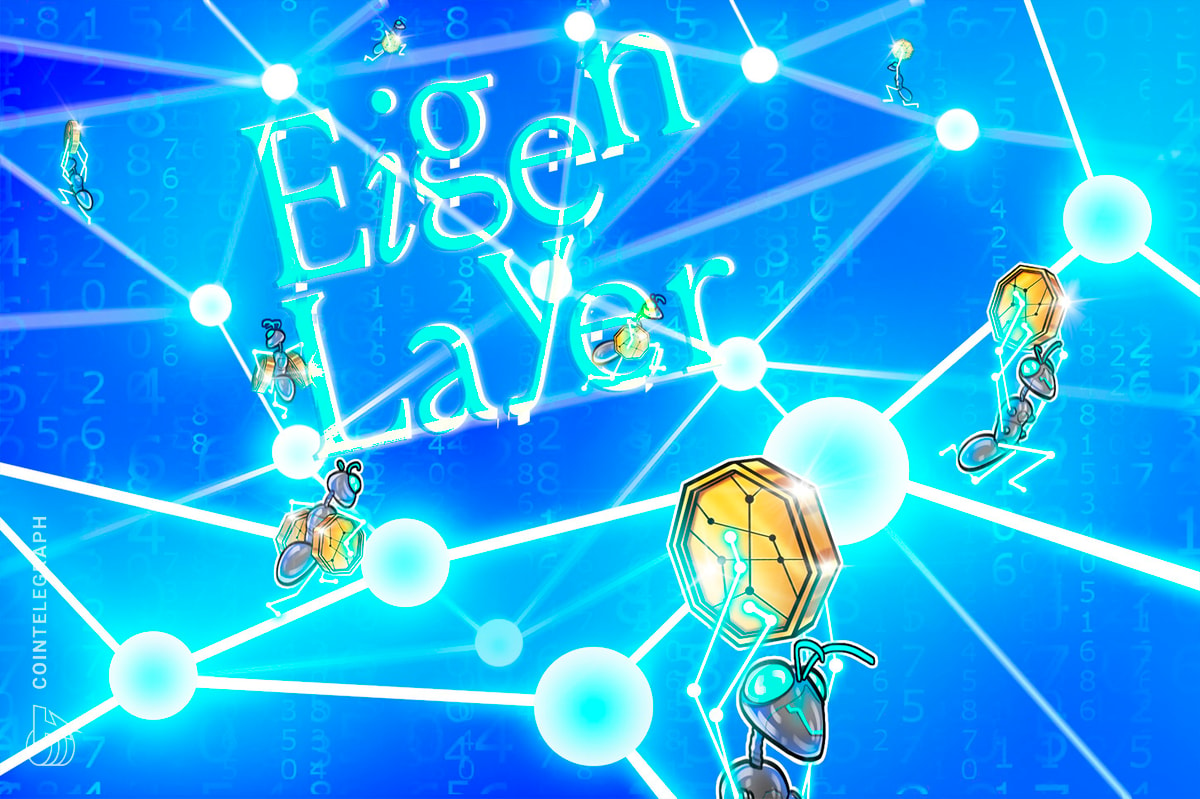
SocialFi platforms can benefit greatly by fusing elements of web2 and web3 while integrating DeFi features that are less of a technical barrier and more of supplementing resources.
We are fast approaching a trillion-dollar creator and freelancer economy.
Yes, Trillion, with a T.
With the advancements in consumer tech products and increased demand for digital earning opportunities from the masses, we are entering an exciting new era. This is the start of the most thrilling cycle in SocialFi’s early history.
Side hustles, remote work, personal branding, and monetizing one’s passion are not new. Traditional social media opened new doors to these opportunities over two decades ago. However, with the creator and freelance economy now eclipsing the traditional labor sectors in career choice and job demand, social platforms are scrambling to increase their focus on monetization opportunities.
But the Big Tech platforms are falling short.
The platform of the future is one that ensures that not only creators are fairly rewarded for their content contributions, but participants within the ecosystem are also rewarded- the viewers and all those who engage and support the very content that allows platforms to thrive. This is where tokenized Web3 platforms have the biggest opportunity.
However, despite what DeFi promises, most creators and users continue to spend time on traditional social media platforms. The reasons are aplenty: intuitive UX, familiar fiat payments, a fulfilling dopamine rush, and a sense of connection to the glamorous life that is portrayed online.
Unfortunately, most of web3’s insistence on a tech-first, experience-second approach misses the mark in attracting the masses and converting web2 influencers to become web3 users. Web3’s current USP and pitch is the promise of decentralized control of your creations and diverse monetization opportunities for creators & their followers. This sounds great in theory, but most established creators struggle to see the value in this offering, especially considering the relatively complicated crypto wallet-gated onboarding and unfamiliar user experience of most DeFi-enabled Social Platforms.
Token-gated access is seen as web3’s answer to Big Tech controlling creator earnings, allowing for staking, governance and formation of closely-knit communities. While this is a great opportunity for crypto-native users, it’s a steep learning curve and an intimidating process for the rest. SocialFi platforms have to thus compete not just with each other, but also the status quo. Grappling for user adoption in this environment can seem daunting, and the next wave of SocialFi will need to flip this equation and put “ease of use” before “revolutionary tech” in order to win market share from Big Tech’s current user base.
SocialFi needs to break myths about poor user experience
At the heart of challenging the traditional status quo is letting go of the rigid thinking that SocialFi needs to be all about blockchain, end-to-end. It does not. The masses don’t care about the technology that a platform uses, they care about convenience and experience. They want easy, not revolutionary.
It’s true that the critical elements of SocialFi, such as the use of tokens, are ultimately an on-chain technology. However, from a utilitarian standpoint, it is just another medium for monetization. While infrastructure and tech may be evolving quickly, innovation in the way users interact with such platforms isn’t.
There’s no denying that a lack of interoperability, scalability, and app store restrictions limits the options of developers building for SocialFi when trying to appeal to the masses. The result is a fragmented ecosystem where neither creators nor users find products that deliver real long-term value. The sudden rise and plateauing of platforms such as Friend.Tech makes this case stronger.
On the other hand, we are now seeing certain web3 platforms succeed, especially those moving away from overused and tired buzzwords like NFTs, Metaverse, and speculative GameFi elements.
The Farcaster protocol is a great example. Farcaster is blockchain tech dedicated to decentralized social networks, which focuses on user engagement while stealthily packing crypto features under the hood. Smart. Its Frames feature – enabling interoperable user navigation between platforms on-chain, is akin to the convenience of a multi-platform social commerce experience offered by web2. Other SocialFi platforms that are end-to-end web3 will need to implement their own versions of features that facilitate a seamless and intuitive user experience if they want to attract the masses. After all, only once the onboarding is complete will users care about DeFi functions. Never the other way around.
This is a natural extension of how our minds work in today’s commerce-fueled era. Creators are always looking for ways to expand their reach and amplify their digital earning potential. Despite web3’s focus on tokenization and community building, traditional social media continues to be the OG and winner in helping creators break new barriers by expanding their networks, thus leading to greater monetization opportunities. In this case, we’re seeing that ease and familiarity are key to user loyalty and satisfaction.
While Big Tech’s pitfalls regarding monetization are visible to all, the reality of web3’s user adoption inertia is often hard to shrug off unless the upside is truly worth it. So, any switch to DeFi platforms will need to ensure significant upside for creators and users alike, including an intuitive and familiar user experience and high levels of user engagement and monetization opportunities.
To begin with, SocialFi platforms can benefit greatly by fusing elements of web2 and web3 while integrating DeFi features (such as tokenization) that are less of a technical barrier and more of supplementing resources. This is key to unlocking the economic value in SocialFi and making such platforms appealing to the masses. Furthermore, the development narrative must seek to express ease of use alongside solving for low transaction costs and real-time cross-border payments. If not, touting web3 features alone adds little value from a user perspective.
Like all things in web3, SocialFi, too, has the potential to become a bridge between two worlds. The utility of DeFi should be a given here, and not the exception and the focus needs to stay on creating a flow of commerce and a balance of innovative tech and intuitive UX. Tokens and trading will then come in organically, and this time, with a greater assurance of success and user retention.
Dave Catudal is an international tech & wellness entrepreneur, and co-founder of Lyvely, a Super Media SocialFi platform.
Read More: thedefiant.io








 Bitcoin
Bitcoin  Ethereum
Ethereum  Tether
Tether  XRP
XRP  USDC
USDC  Solana
Solana  Dogecoin
Dogecoin  Cardano
Cardano  TRON
TRON  Lido Staked Ether
Lido Staked Ether  Wrapped Bitcoin
Wrapped Bitcoin  Toncoin
Toncoin  LEO Token
LEO Token  Chainlink
Chainlink  Stellar
Stellar  USDS
USDS  Wrapped stETH
Wrapped stETH  Avalanche
Avalanche  Sui
Sui  Shiba Inu
Shiba Inu  Hedera
Hedera  Litecoin
Litecoin  MANTRA
MANTRA  Polkadot
Polkadot  Bitcoin Cash
Bitcoin Cash  Bitget Token
Bitget Token  Ethena USDe
Ethena USDe  WETH
WETH  Binance Bridged USDT (BNB Smart Chain)
Binance Bridged USDT (BNB Smart Chain)  Wrapped eETH
Wrapped eETH  WhiteBIT Coin
WhiteBIT Coin  Monero
Monero  Hyperliquid
Hyperliquid  Pi Network
Pi Network  Uniswap
Uniswap  Dai
Dai  Aptos
Aptos  NEAR Protocol
NEAR Protocol  sUSDS
sUSDS  Pepe
Pepe  OKB
OKB  Coinbase Wrapped BTC
Coinbase Wrapped BTC  Gate
Gate  Tokenize Xchange
Tokenize Xchange  Cronos
Cronos  Ondo
Ondo  Mantle
Mantle  Internet Computer
Internet Computer  Ethereum Classic
Ethereum Classic